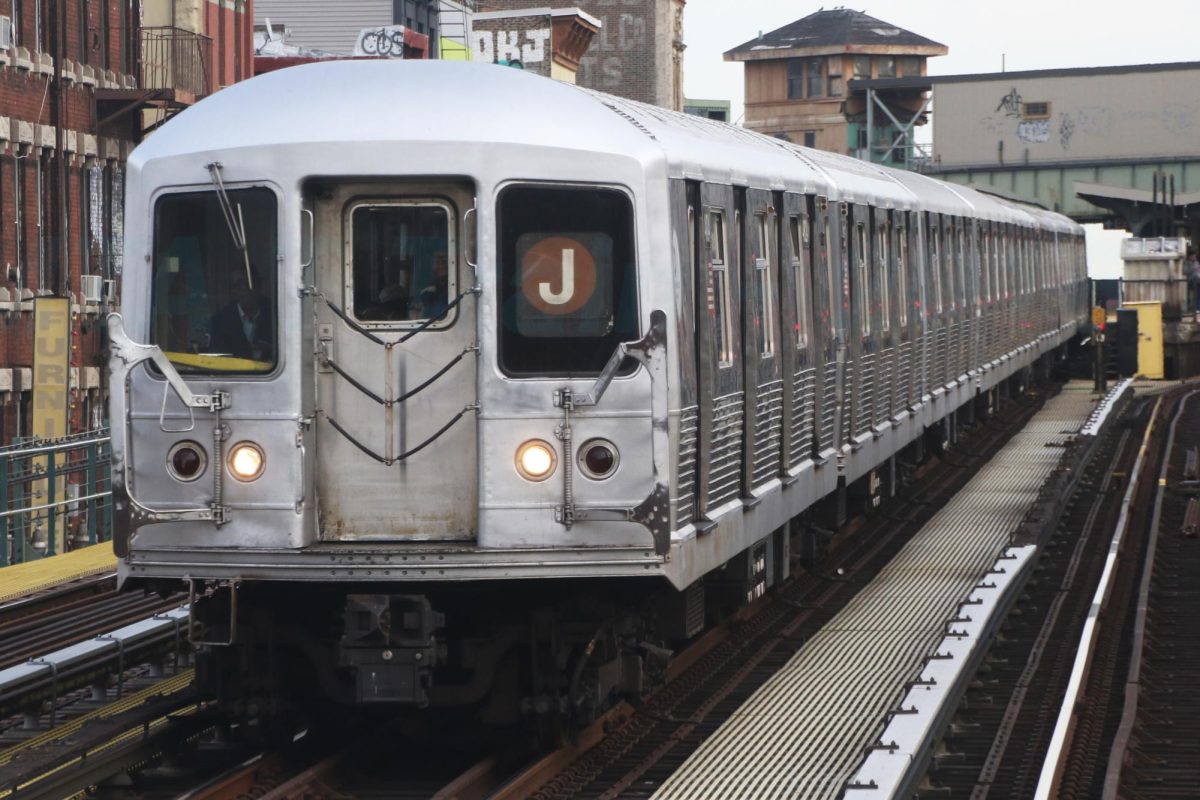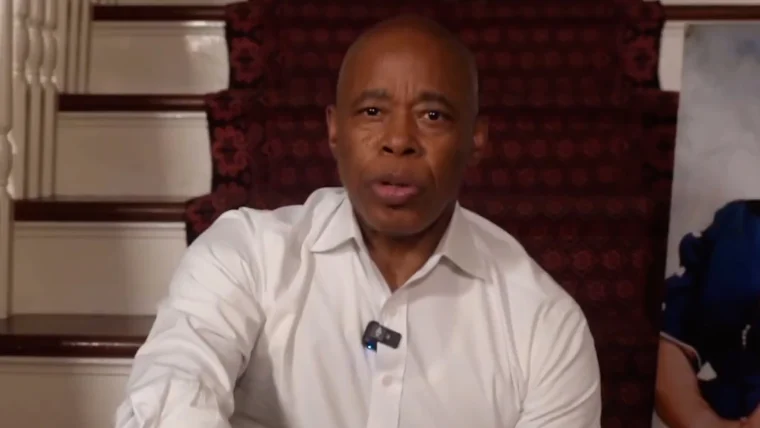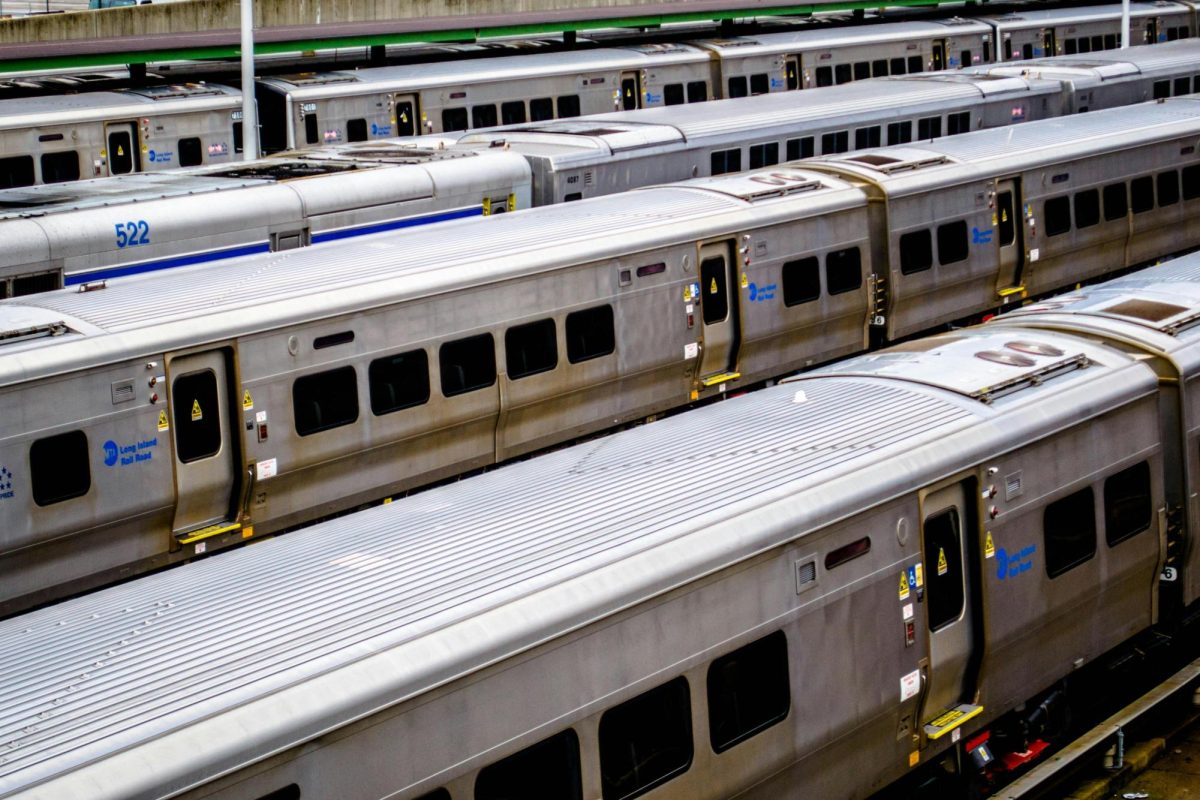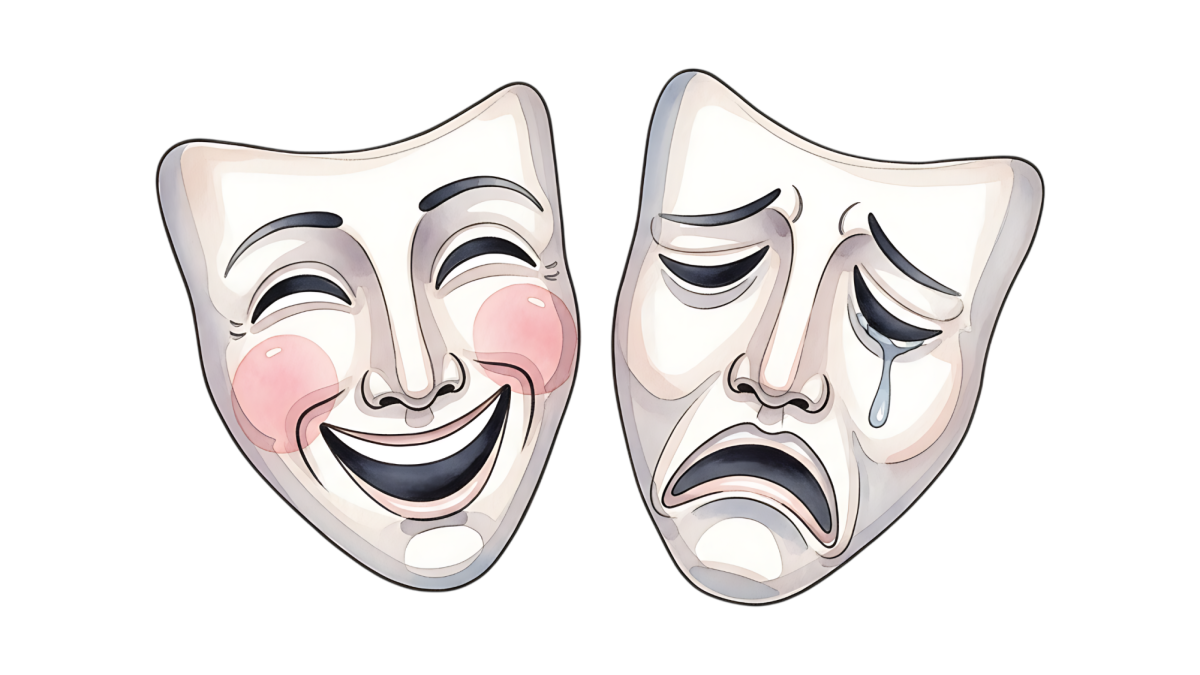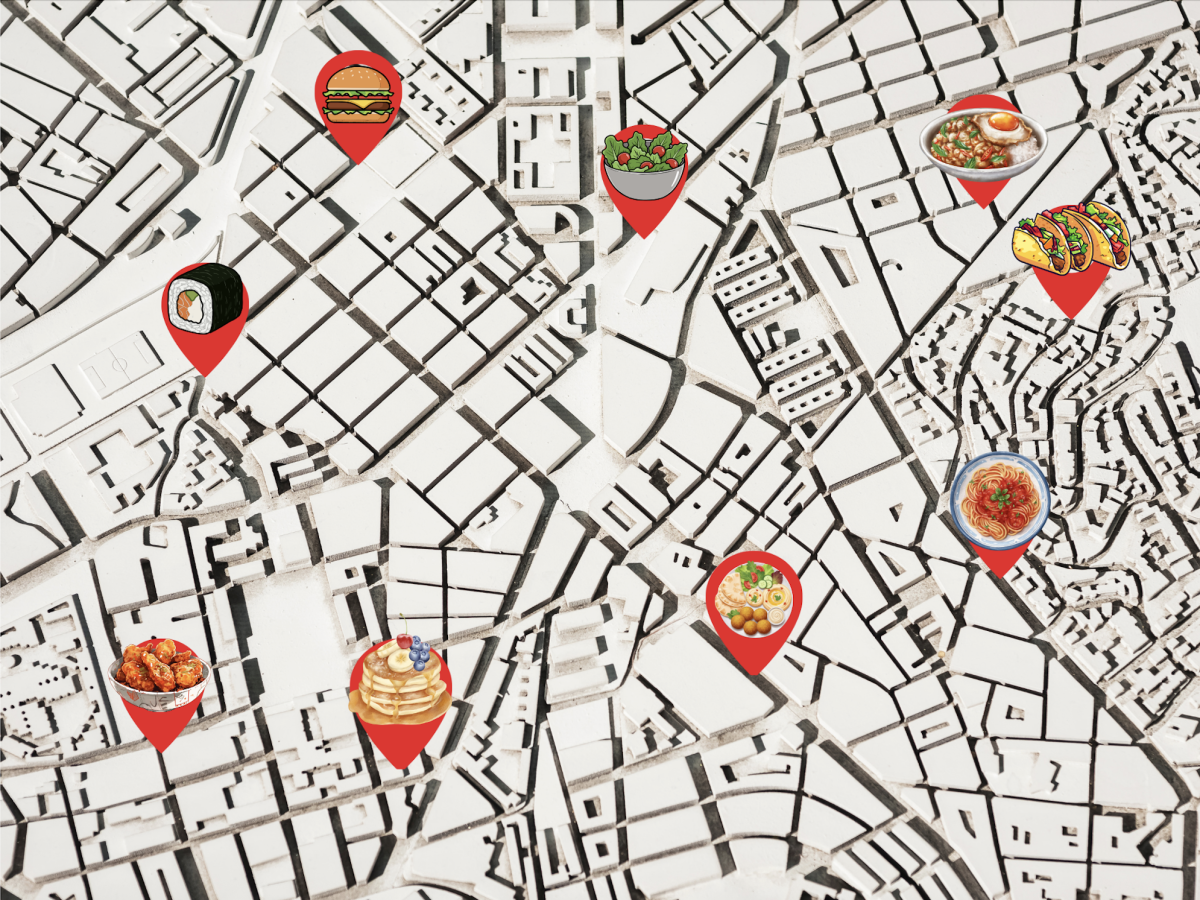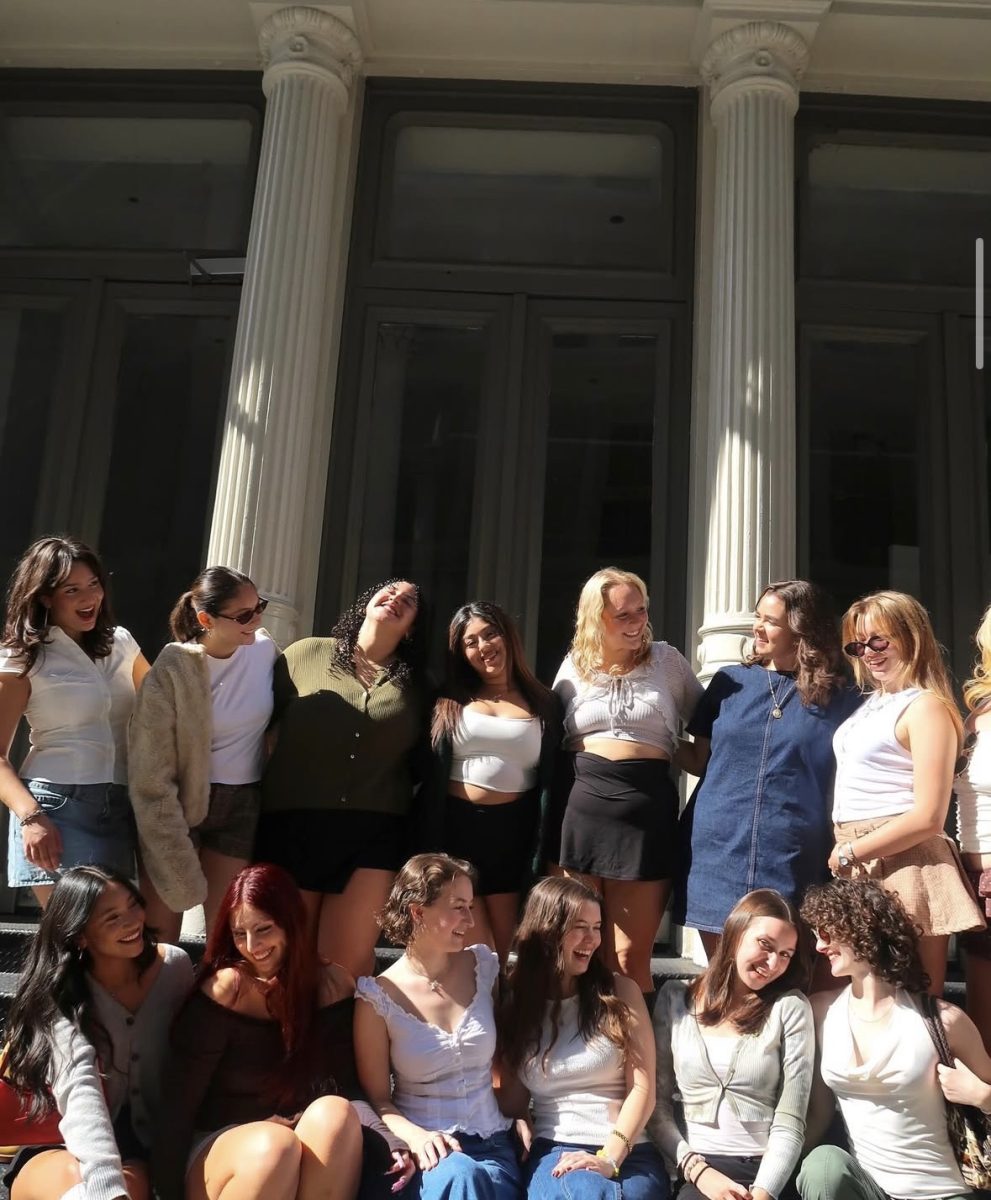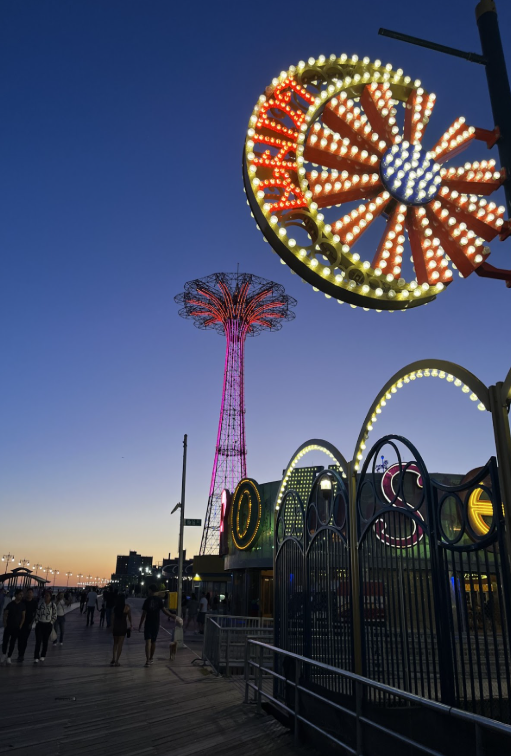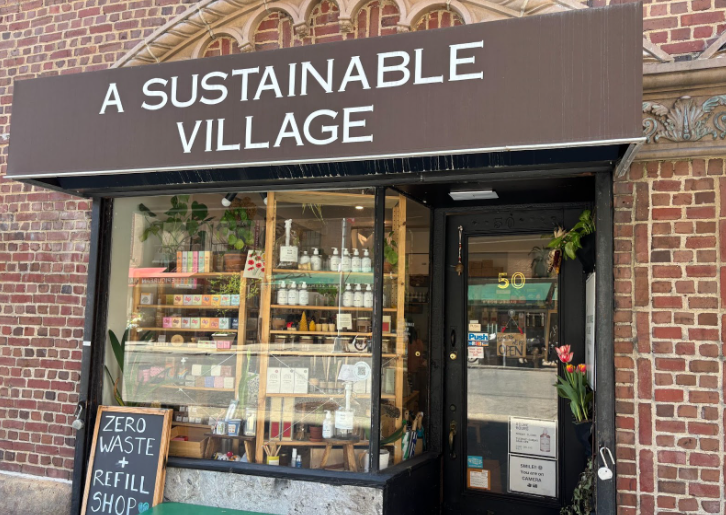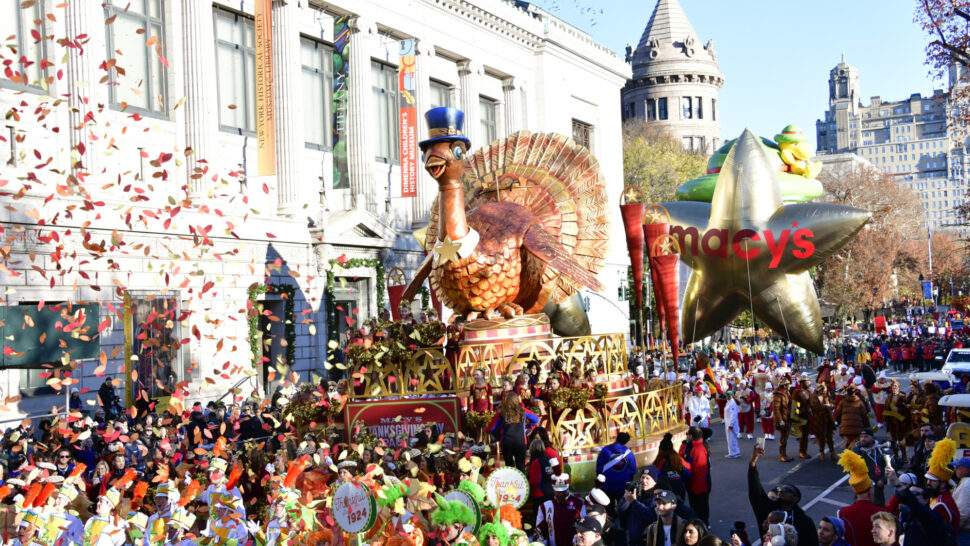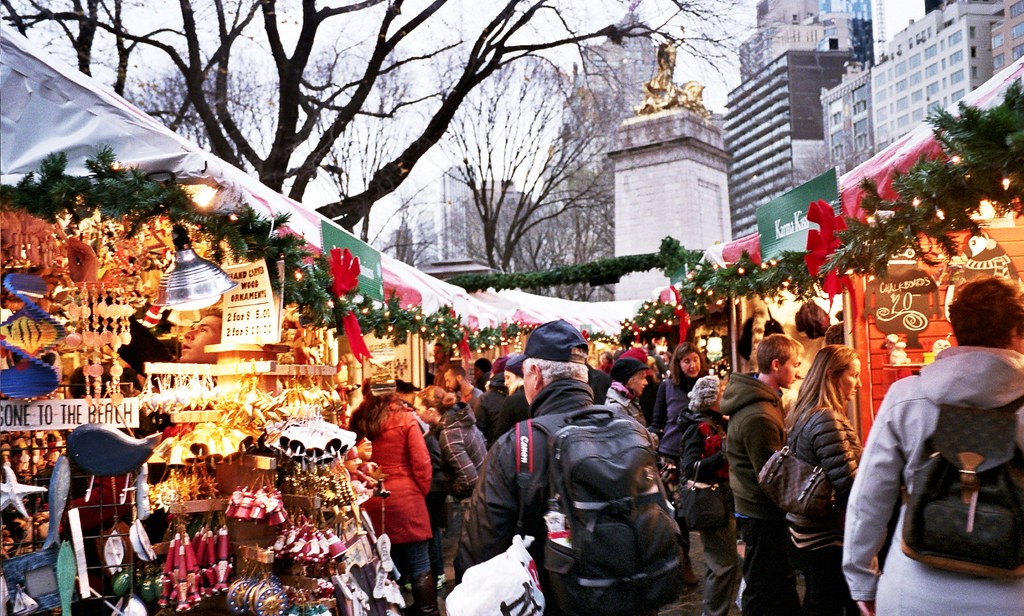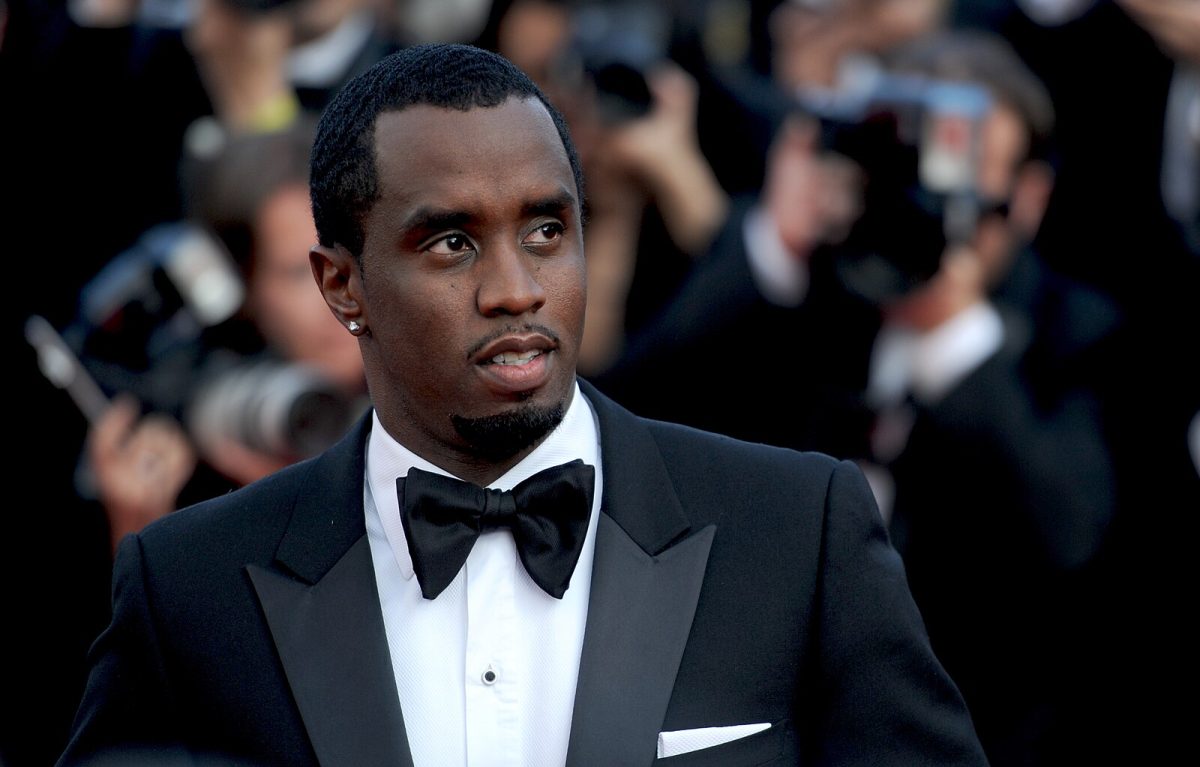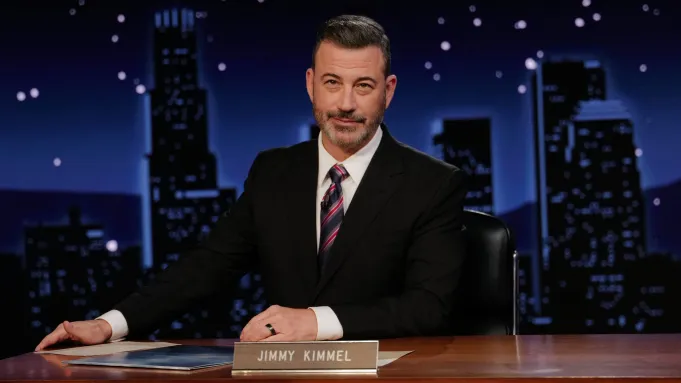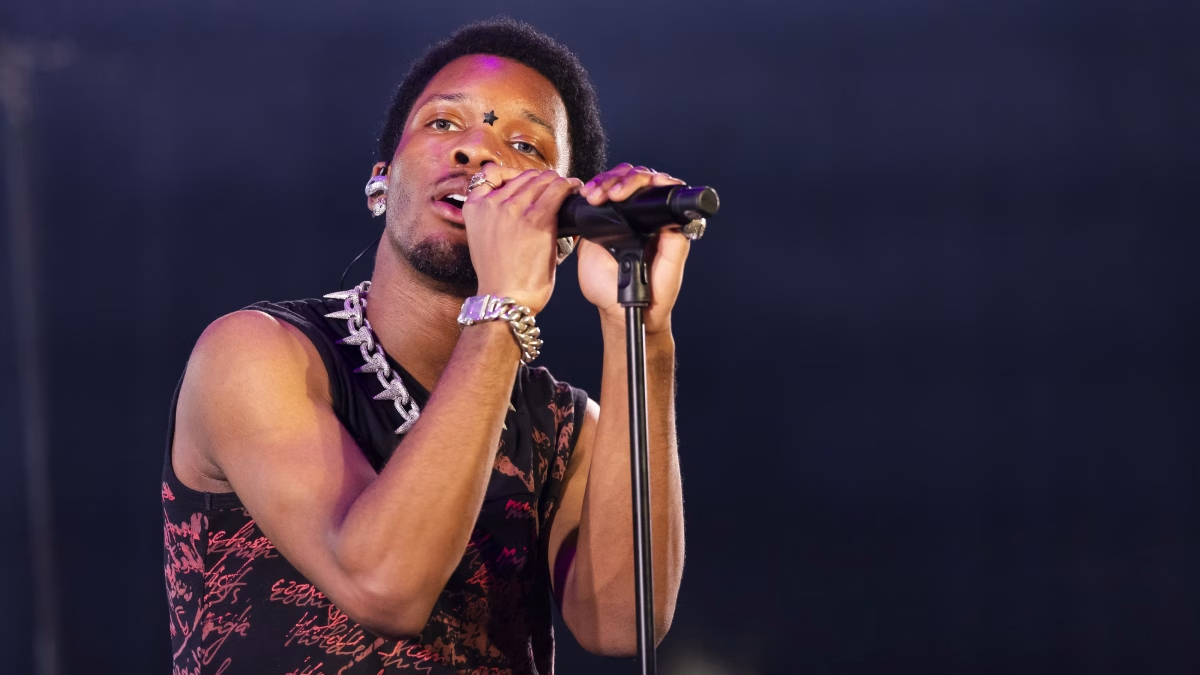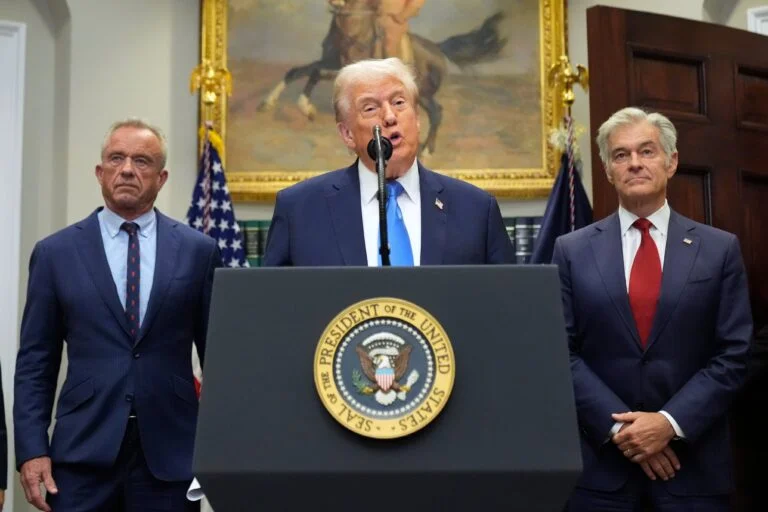The Metropolitan Transit Authority has been the subject of protests, town halls, and political debates of late thanks to the implementation of expensive new safety measures, the widespread and plentiful train shutdowns, and the hotly-disputed fare hikes that the MTA has proposed in the past.
The MTA has been holding public hearings in Manhattan and Long Island for the past week to discuss the plans for fare hikes that would need to be approved by New Yorkers and would take effect in March 2019. Currently, the MTA board has proposed two options for fare hikes for subway riders, which can be found in the chart on the right. In addition to these subway fare increases, Long Island Railroad and Metro North riders would see four percent hikes on one-way fares and weekly and monthly tickets under both options.
These fare hikes are garnering significant criticism from the public, especially as they cast in stark relief the multitude of problems and expensive new initiatives that the MTA are trying to fund. Issues that riders have complained about are the incline in train delays and signal problems that can double or even triple the length of a commute with little notice to passengers. The shutdown of certain lines at various points throughout the year—the most prominent of which is the L train but the A, C, E, B, D, F, G, J, Z, N, W, 1, 4, and 6 lines have also been affected—has also made passengers hesitant to pay more for the same service.
University senior Belinda Ung said, “I think the proposed hike fairs are unfair considering the MTA already irresponsibly handles their funds. Riders, generally, do not feel that their money is being used to improve the quality of the transit system.”
Nick Solomon, University junior, agreed, saying, “The fair hike is not ideal relative to planned improvements. It’s also bothersome that to pass the increase, they need to use false figures like ‘actual cost of ride’, accounting for the bonus.”
The fare hikes, according to CBS, are considered a solution to raise the estimated $60 billion needed to return mass transit to working order, but they may also partially be used to implement new safety measures in subway stations.
The MTA put together a platform pilot safety program that would include installing glass barriers on platforms that would prevent people from jumping, falling, or being pushed onto subway tracks and reduce the spread of litter in the system, which causes track fires, according to the agency’s transit chief. The $30 million plan, which has been postponed to prioritize the repairs and accessibility upgrades that would be covered by the fare hike, would involve placing “half-height” glass barriers that open and close with train doors. A similar system is in place on AirTrain platforms at John F. Kennedy airport as well as in transit systems in other countries, including certain stations in Beijing, Paris, Seoul, and the London Underground system.
Though the accidents and track fires that prompted the development of this initiative affects an average of 64 trains a day during the week, passengers may not be as enthusiastic about the installation of the barriers.
University junior Bianca Garcia, who is currently studying abroad in London, said, “They have the glass doors here on some platforms. They’re okay, but I think, if anything, they just get in the way and don’t help as much as they are a nuisance. [They’re] just another thing in between me and getting on the train. They’re big and bulky, so there’s less room on the platform itself, which sucks when it’s crowded, and sometimes, they cannot work or open too slow, which is just annoying.”
More public hearings will be held by the MTA to discuss the fare hike, so it is unsure whether these changes will be made or not, but the attitudes of riders both in attendance at these meetings and not suggest that the transit agency might have to find another way to fund the much-needed improvements to the transit system.
The next hearing will be held on Dec. 6 in White Plains, NY.
| Proposed Subway Fare Hikes (effective March 2019) | |||
| Current Fares | New Fares (Option A) | New Fares (Option B) | |
| Base Fare | $2.75 | $2.75 | $3 |
| Bonus (only applicable when more than $5.50 is added to the MetroCard) | 5% | No bonus | 10% |
| 7-day Unlimited | $32 | $33 | $33 |
| 30-day Unlimited | $121 | $127 | $126.50 |

Jefferson Siegel/New York Daily News

